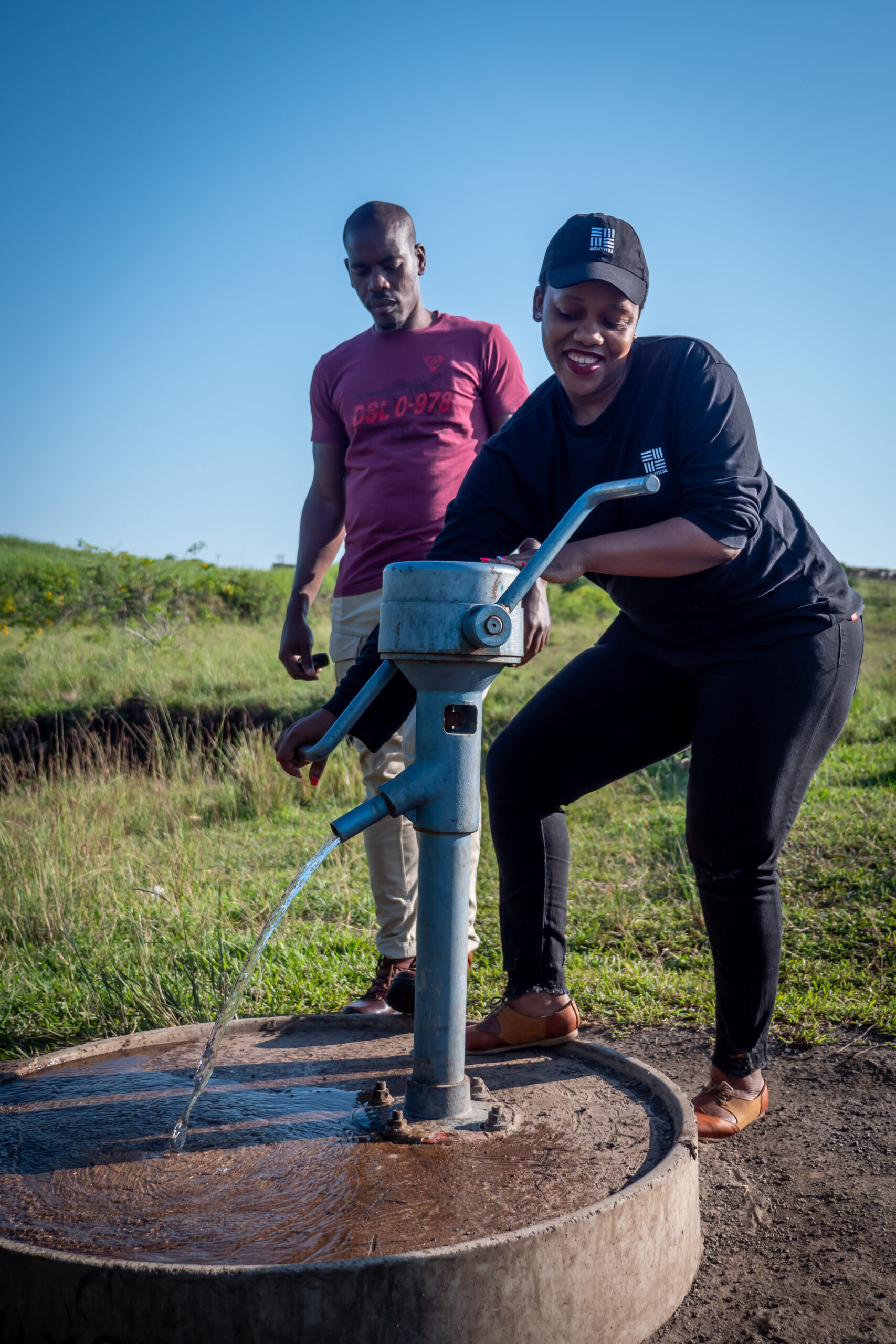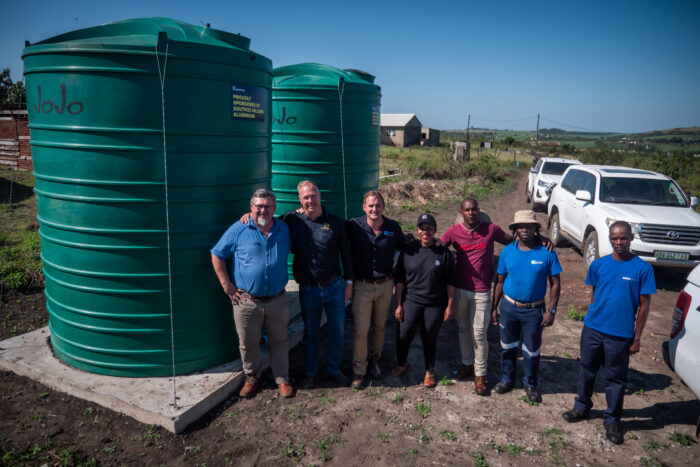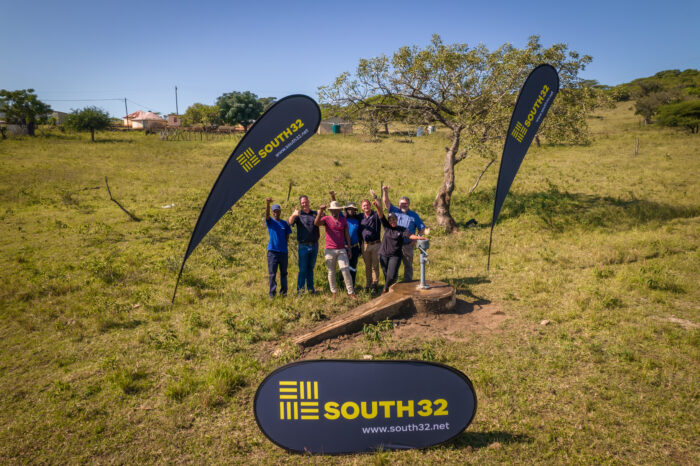South32, Nominee for Established ESG Leader for a Resources Producer, 2024 Africa Awards
By AAMEG | 2 September 2024

About the Nominee & their Nomination
South32 is a globally diversified mining and metals company. Our purpose is to make a difference by developing natural resources, improving people’s lives now and for generations to come. We are trusted by our owners and partners to realise the potential of their resources.
We produce commodities including bauxite, alumina, aluminium, copper, silver, lead, zinc, nickel, metallurgical coal and manganese from our operations in Australia, Southern Africa and South America. With a focus on growing our base metals exposure, we also have two development options in North America and several partnerships with junior explorers around the world.
We are headquartered in Perth, Western Australia, with several offices in the jurisdictions in which we operate. Our regional head office for Southern Africa operations is based in Johannesburg, South Africa. The project we are nominating is associated with the aluminium smelter based in Richards Bay, Hillside Aluminium.

Initiative: Hillside Aluminium Water Access project
The objectives of a water access project for King Cetshwayo District focused on improving health, quality of life, and economic opportunities. These objectives collectively aim to create a more equitable, healthy, and prosperous environment for disadvantaged communities through improved water access.
The partnership with the Municipality ensured that South32 worked closely with community members and local stakeholders. The water access project was based on need expressed by the community to the Municipality and therefore South32 stepping in to resolve their calls for assistance was welcomed.
Before the completion of the water infrastructure project, access to clean and reliable water was a significant challenge for many communities. In rural areas, residents often depended on rudimentary water schemes or, in the absence of such schemes, relied on water tanker trucks that delivered water on an irregular schedule. This led to severe limitations in water availability and, at times, forced people to use nearby rivers for their water supply.
Unfortunately, this meant that many had no choice but to drink river water, which could lead to illnesses and health risks. Community members have to traverse long distances to reach the last existing standpipes, often traveling through difficult terrain or even dense forests. For example, in Ward 1, residents had to navigate a large forest to collect water, while in Ward 4 fetching water involved traveling several kilometers.
The completion of the infrastructure project has brought transformative improvements to these communities. With the installation of new water storage facilities, areas that once relied on erratic water tanker deliveries now benefit from a consistent and nearby water supply.
Overall, the project has greatly improved the quality of life for 1,258 households and 10,064 beneficiaries in the uMfolozi Local Municipality in the King Cetshwayo District, ensuring water is stored efficiently and is easily accessible.

Highlights
Integrating Environmental, Social, and Governance (ESG) considerations into the water access project was crucial for its success and sustainability.
- Environment: There was an assurance that the water access infrastructure does not contaminate local water sources. This was achieved through the implementation of measures to prevent runoff and pollution during construction and operation.
- Social: This project provides equitable access to clean and safe drinking water for all community members, including marginalised and underprivileged groups. Access to safe drinking water and sanitation are internationally recognized human rights. Also during construction job opportunities were created by prioritising local labour and small enterprises in the procurement and subcontracting processes.
- Governance: The project was done in collaboration with the municipality. The municipality followed their Supply process to select contractors from their database and South32 took those contractors through due diligence review. With risk that come with public entities, funds were not paid to the municipality but rather to a main contractor hired by South32 Supply process. The main contractor was managed by a South32 Project Manager.
This establishment of a governance framework with clear roles and responsibilities for project oversight ensured transparency in decision-making and reporting.
Latest News
-
29 August 2025
PERSEUS MINING – Edikan Gold Mine, Ghana: Nominee for the Operational Excellence, 2025 Africa Award
-
28 August 2025
UMA (PERENTI GROUP) – Breast and Prostate Cancer Awareness: Nominee for the Excellence in Social Development, 2025 Africa Award
-
28 August 2025
SOUTH 32 – Reshaping Community Healthcare: Nominee for the Excellence in Social Development, 2025 Africa Award
-
28 August 2025
SANDFIRE RESOURCES – Survivor Economic Empowerment (SEE) Initiative: Women’s Garden Project: Nominee for the Excellence in Social Development, 2025 Africa Award
- More News

